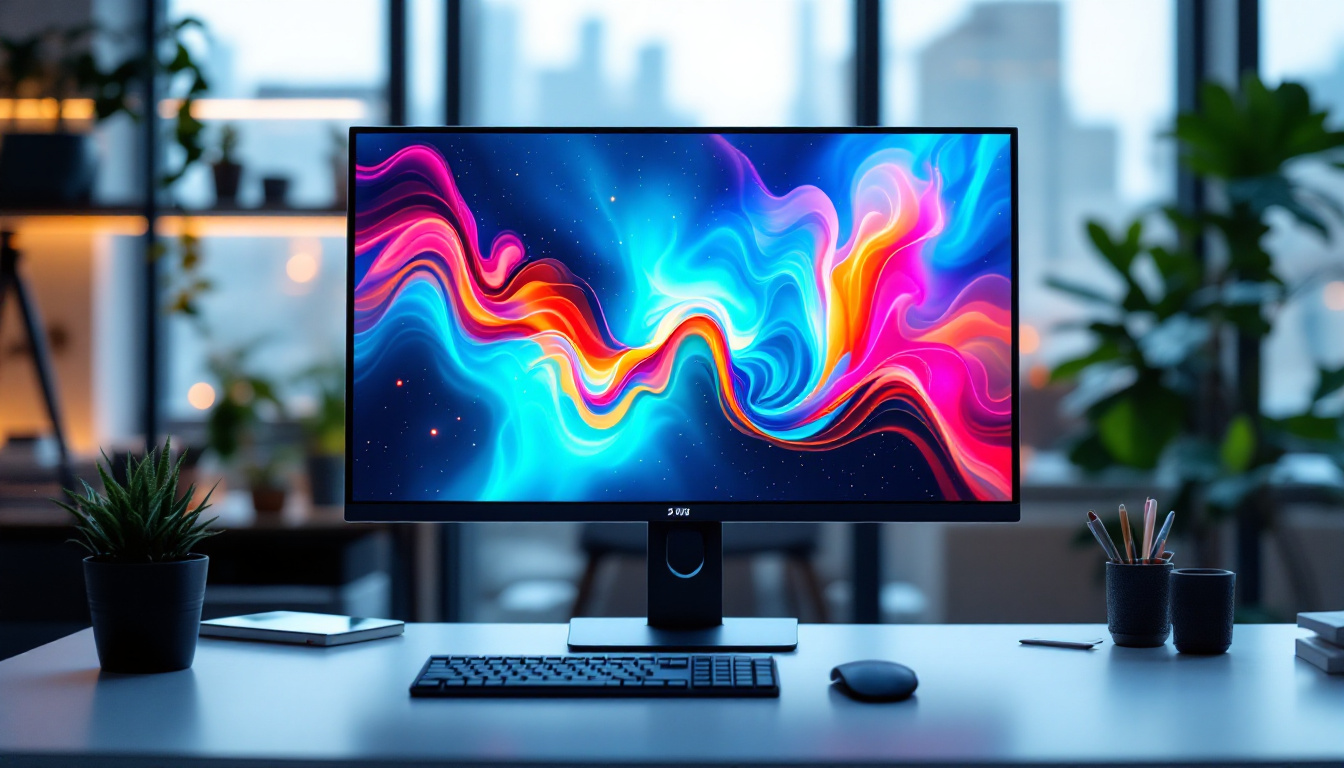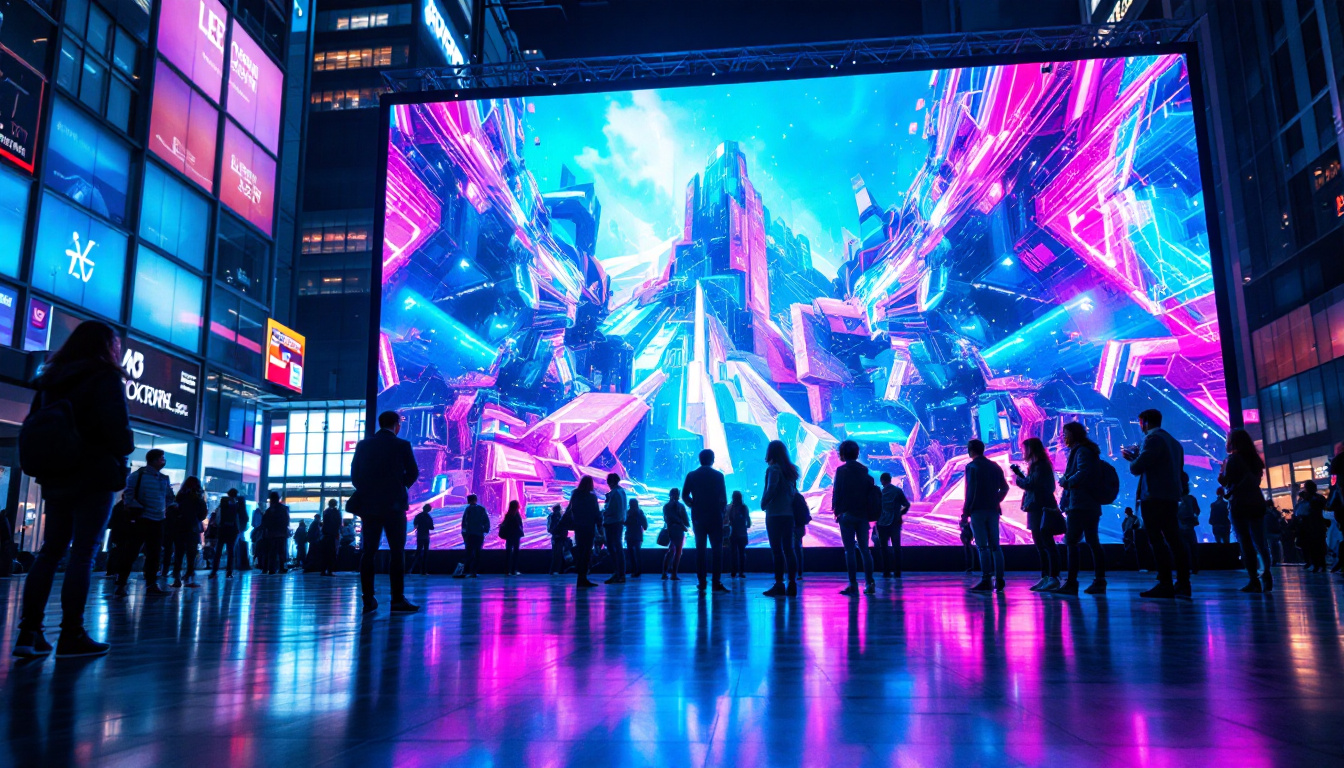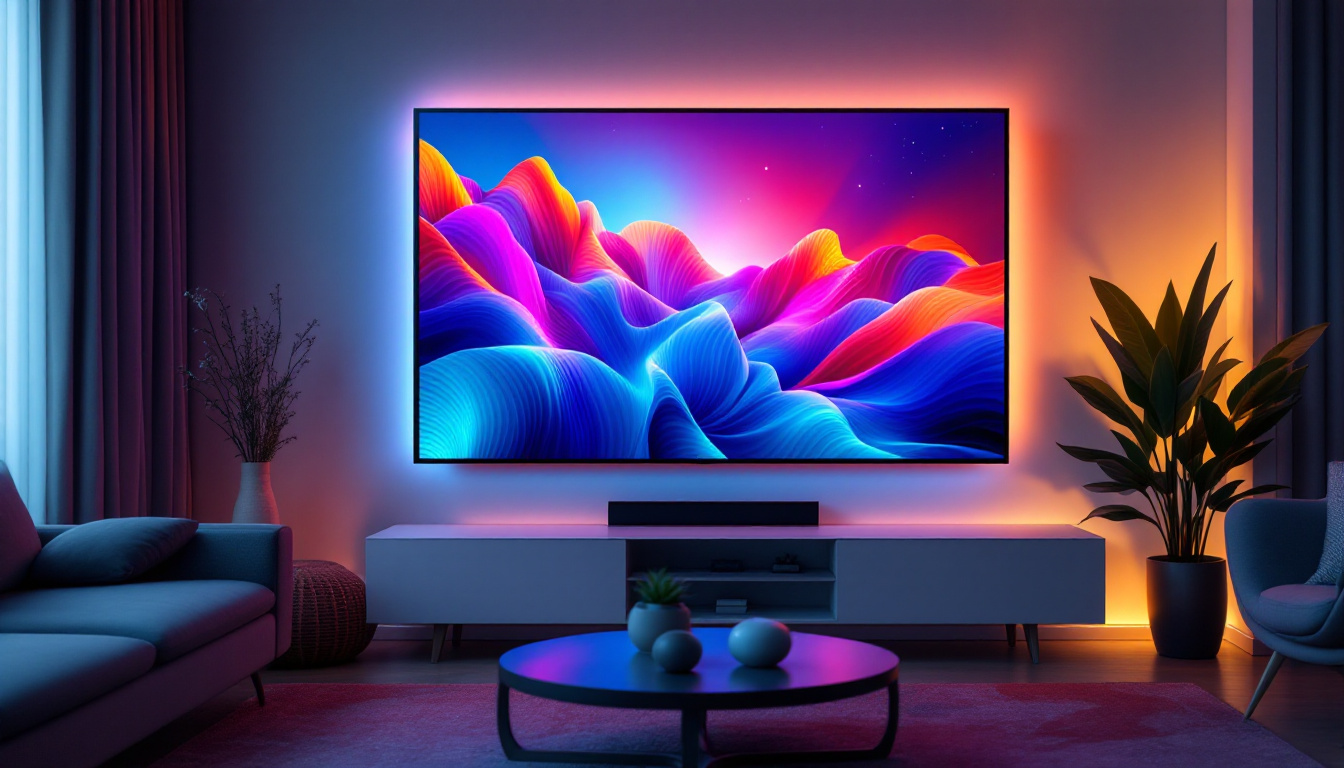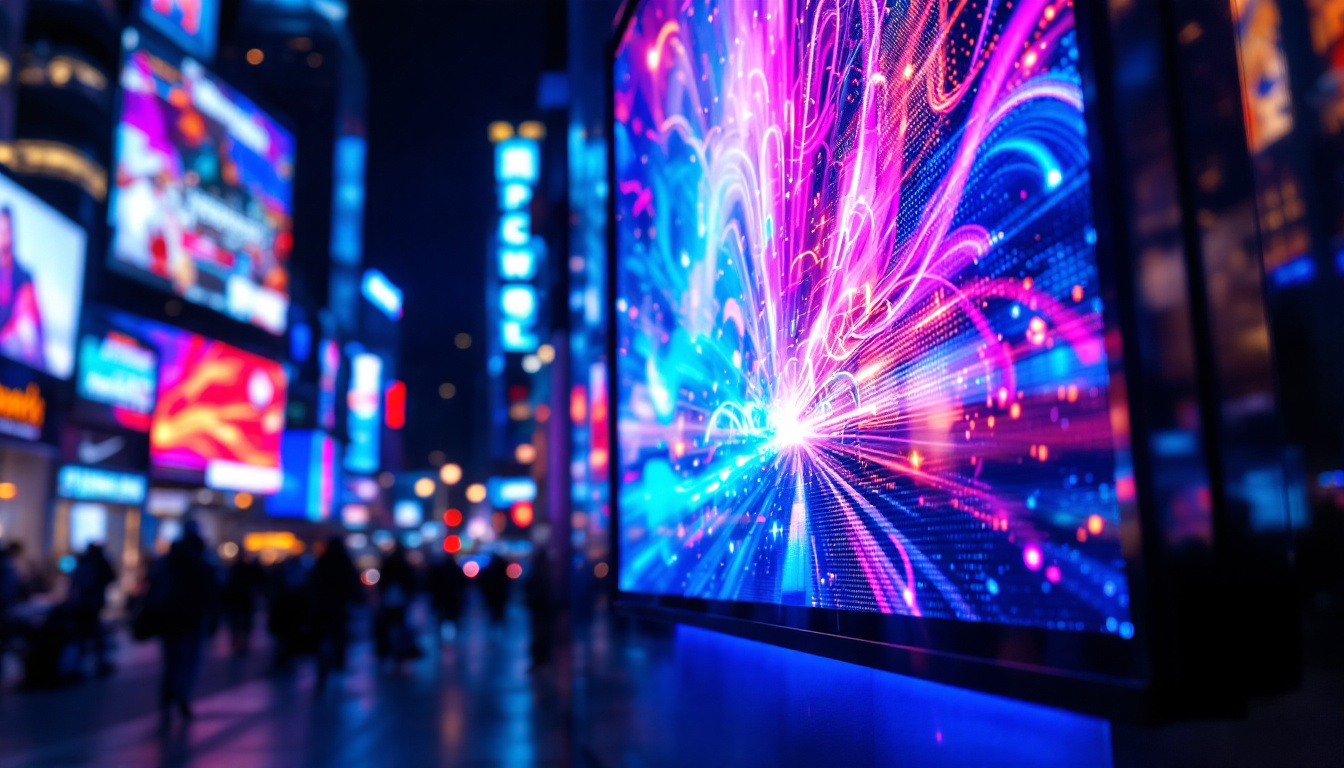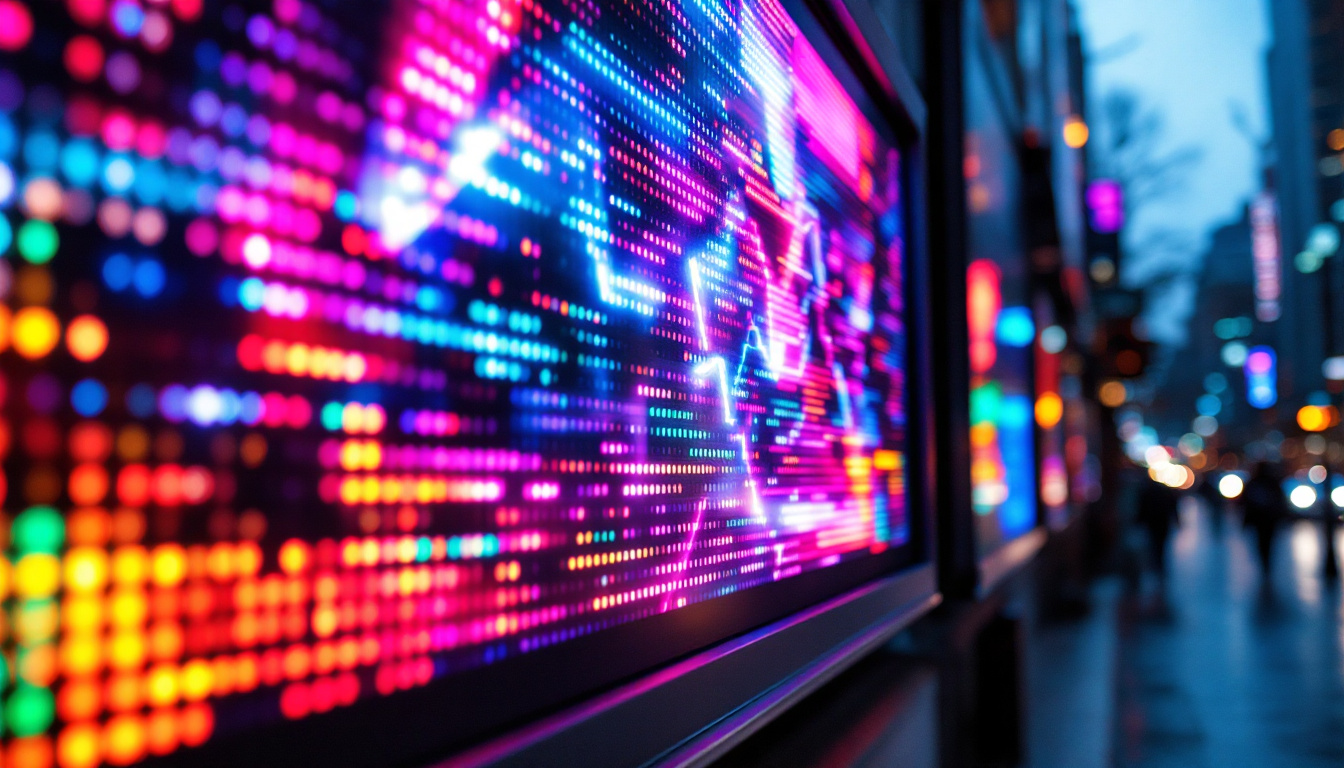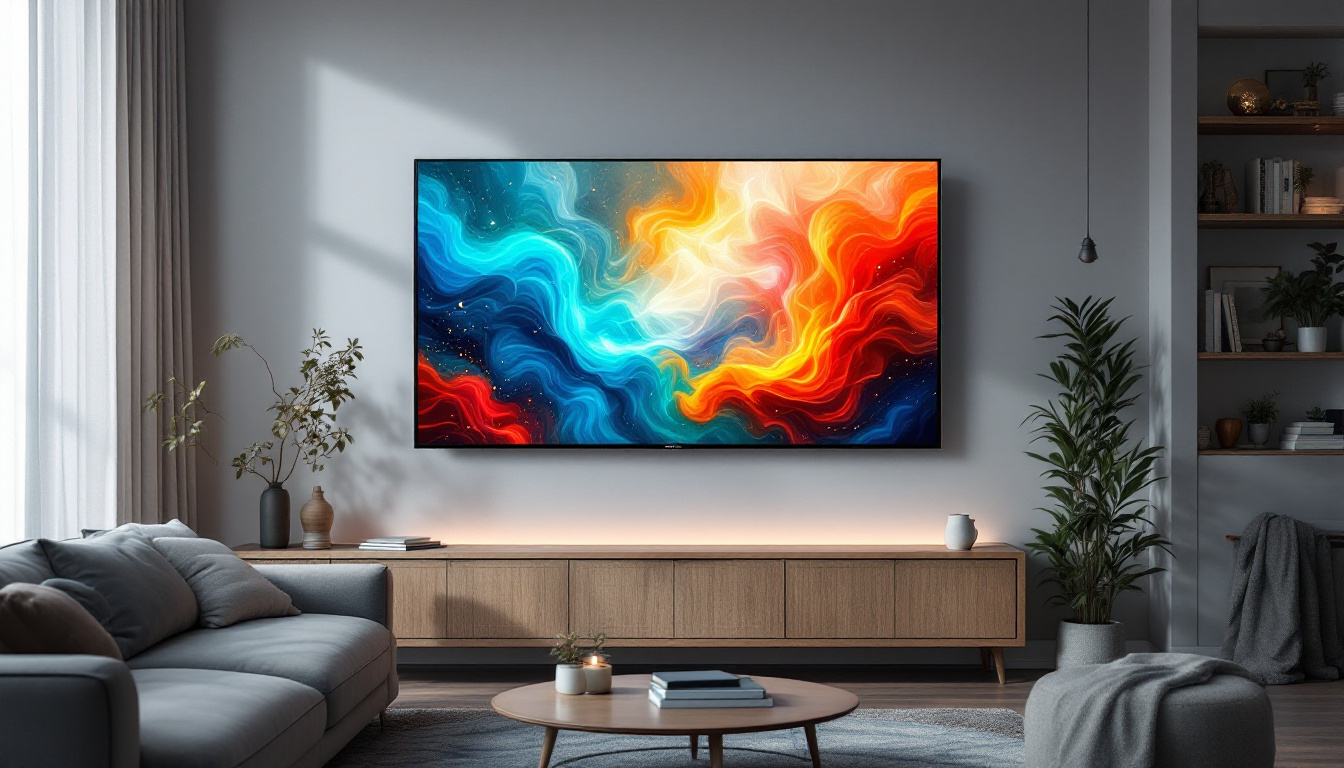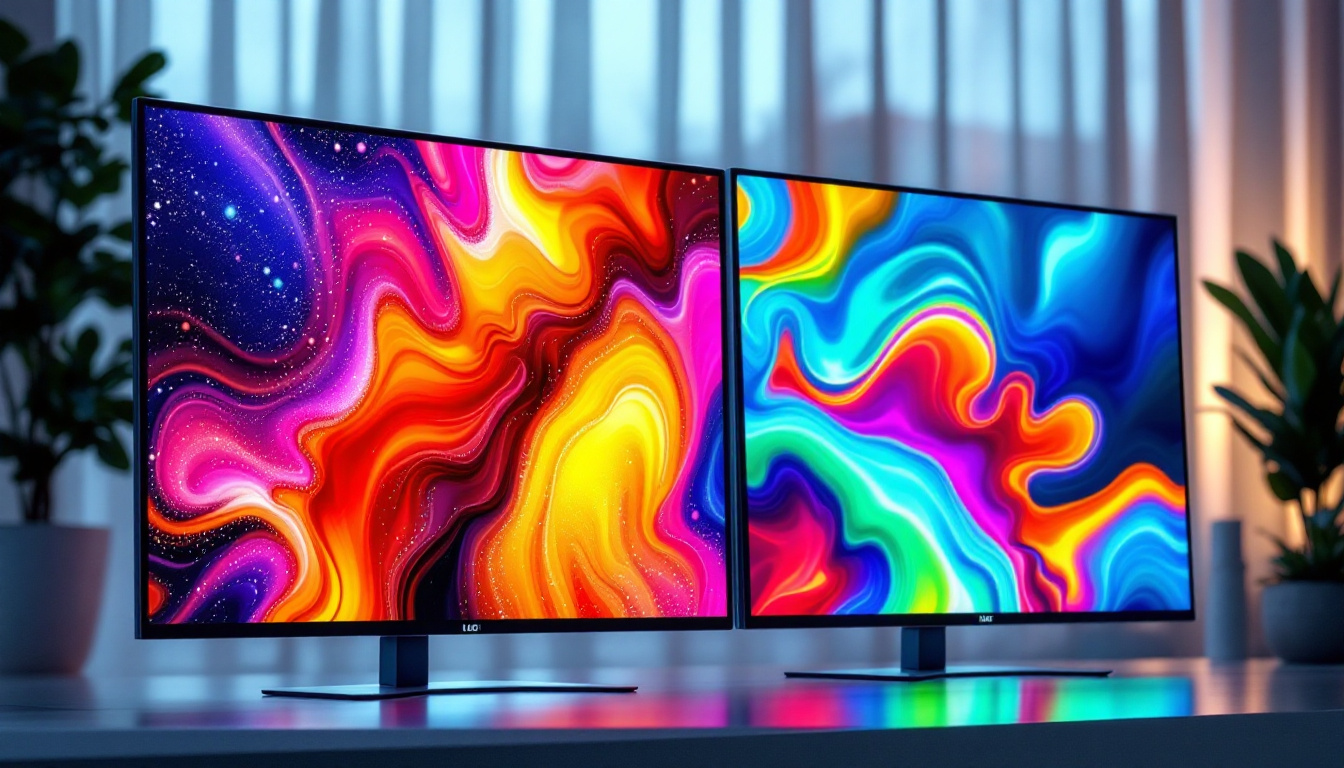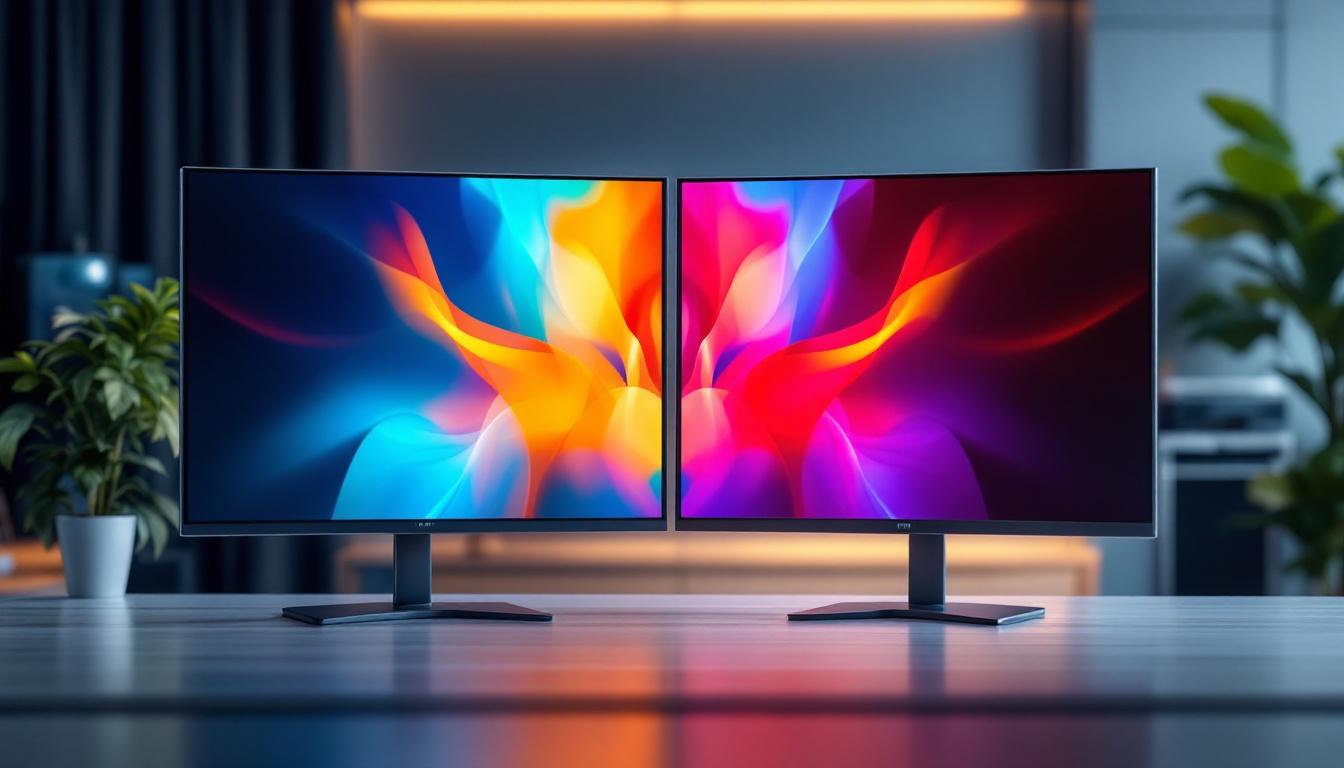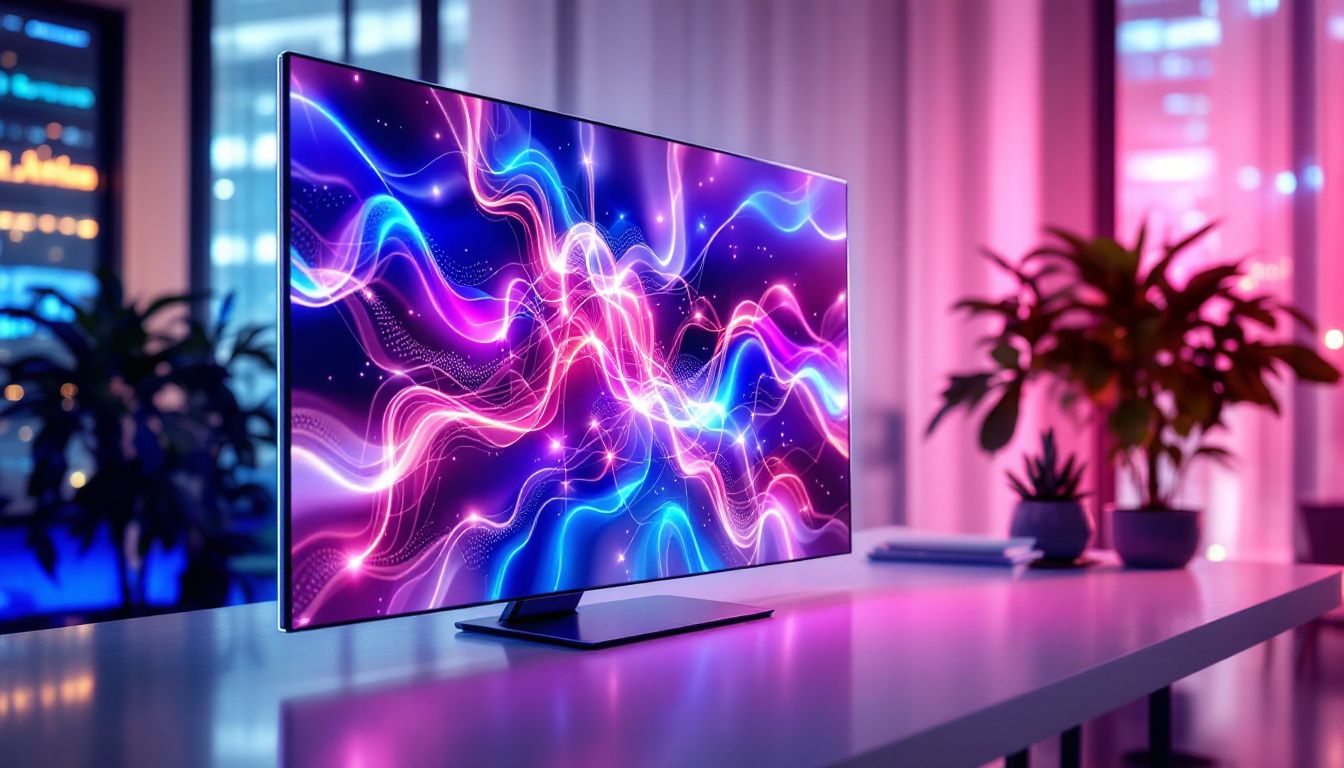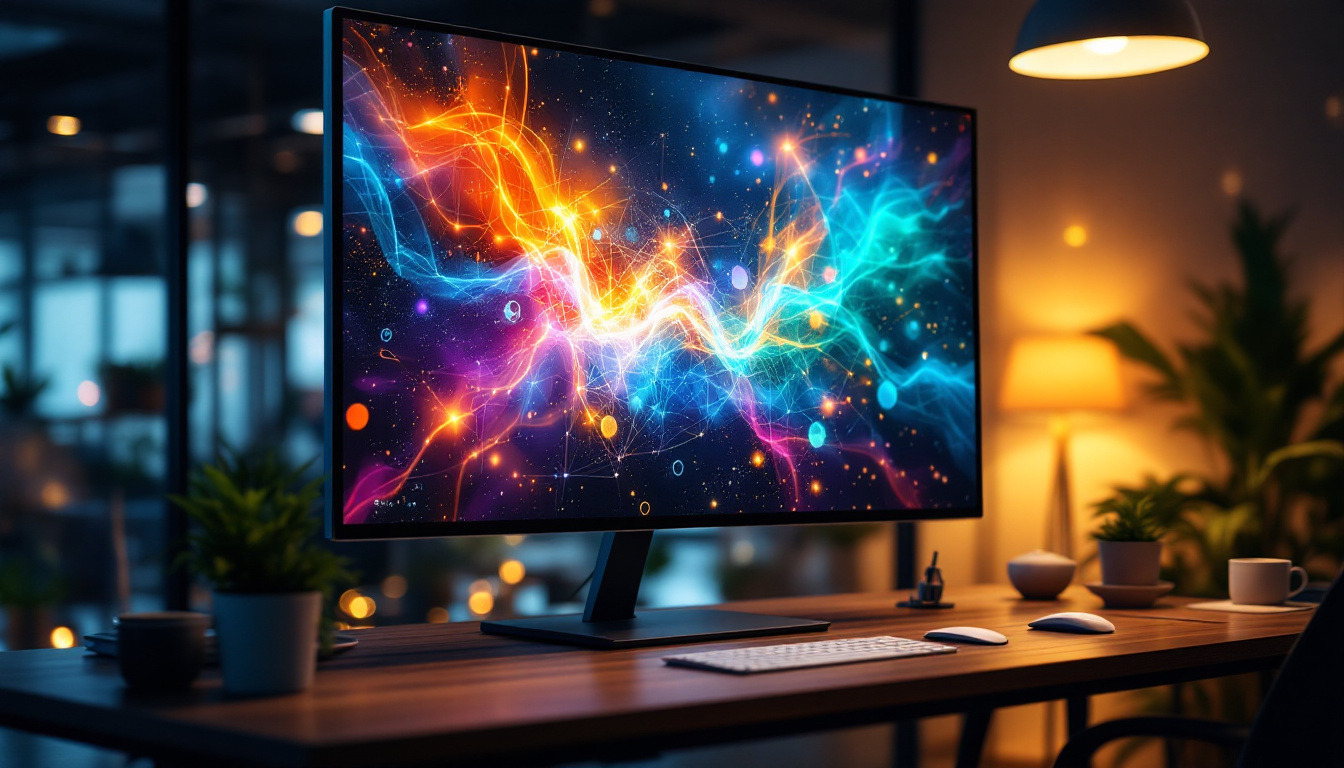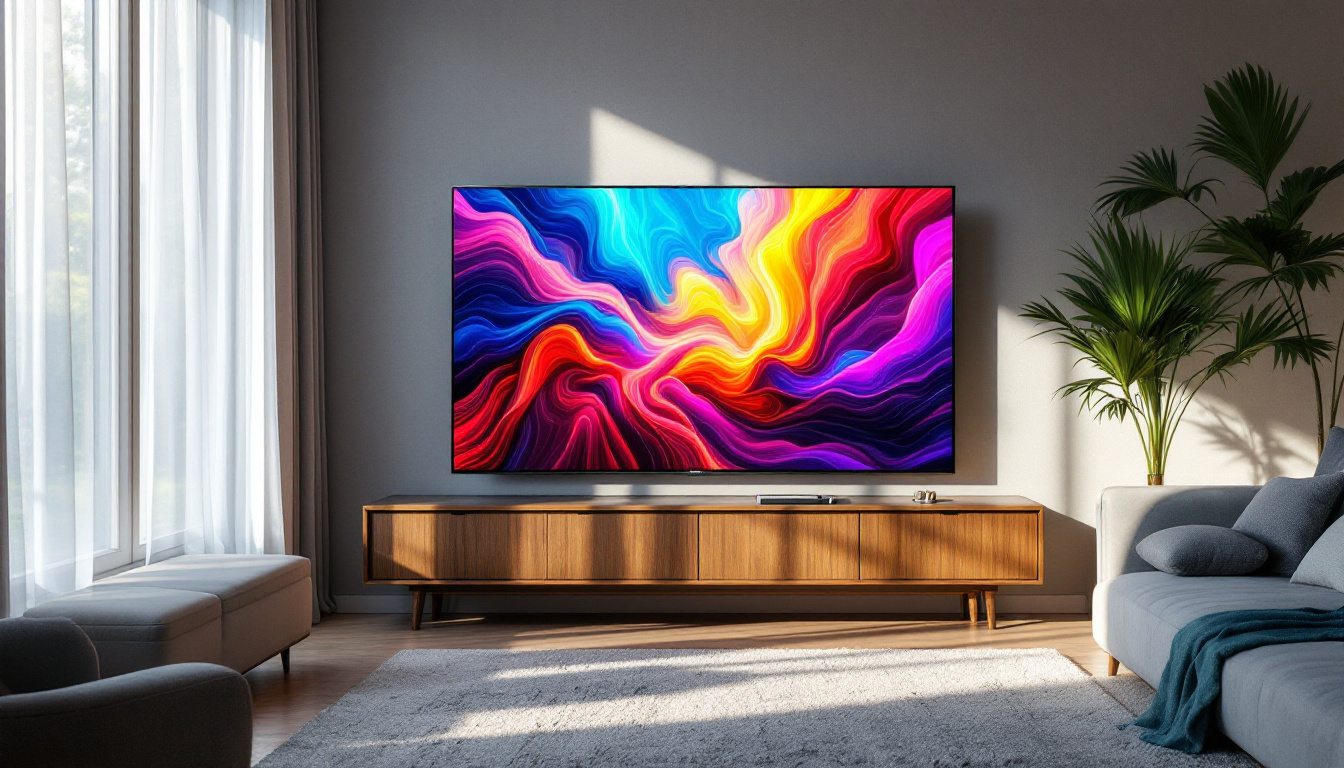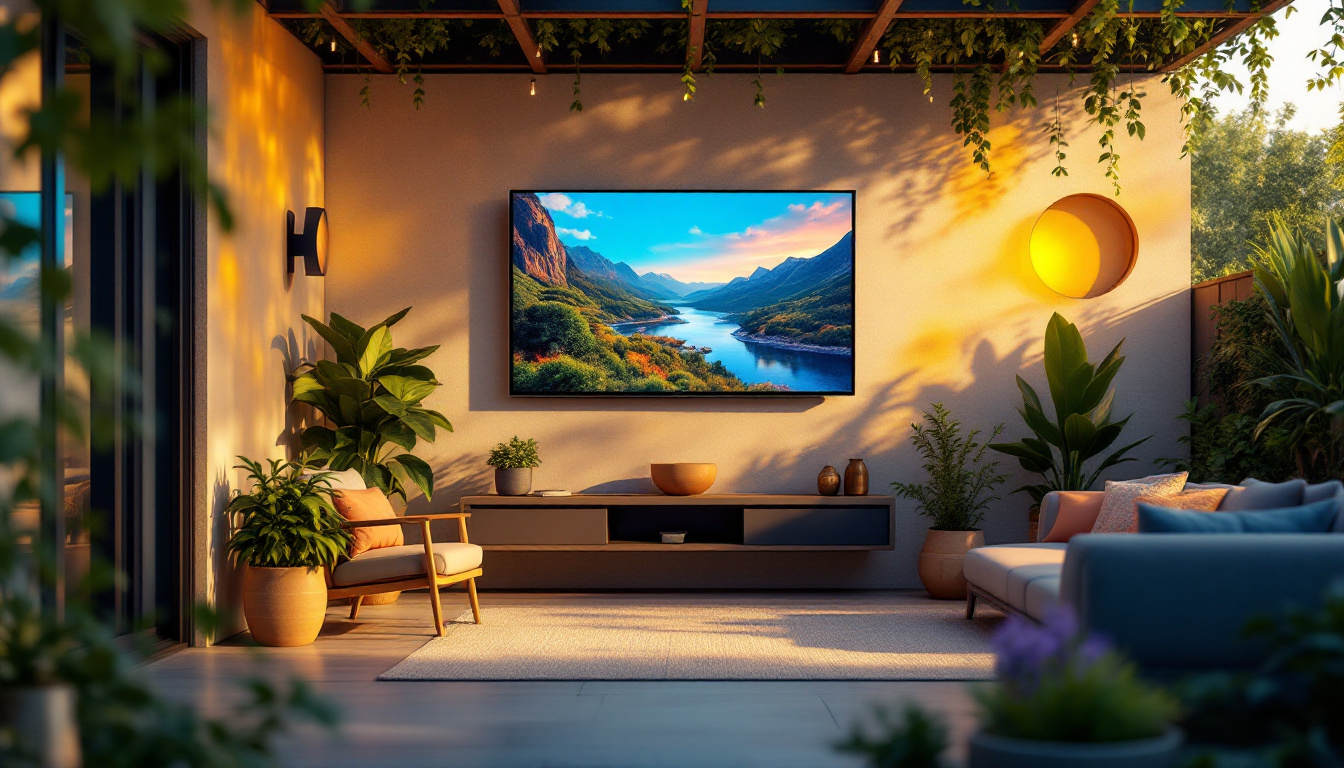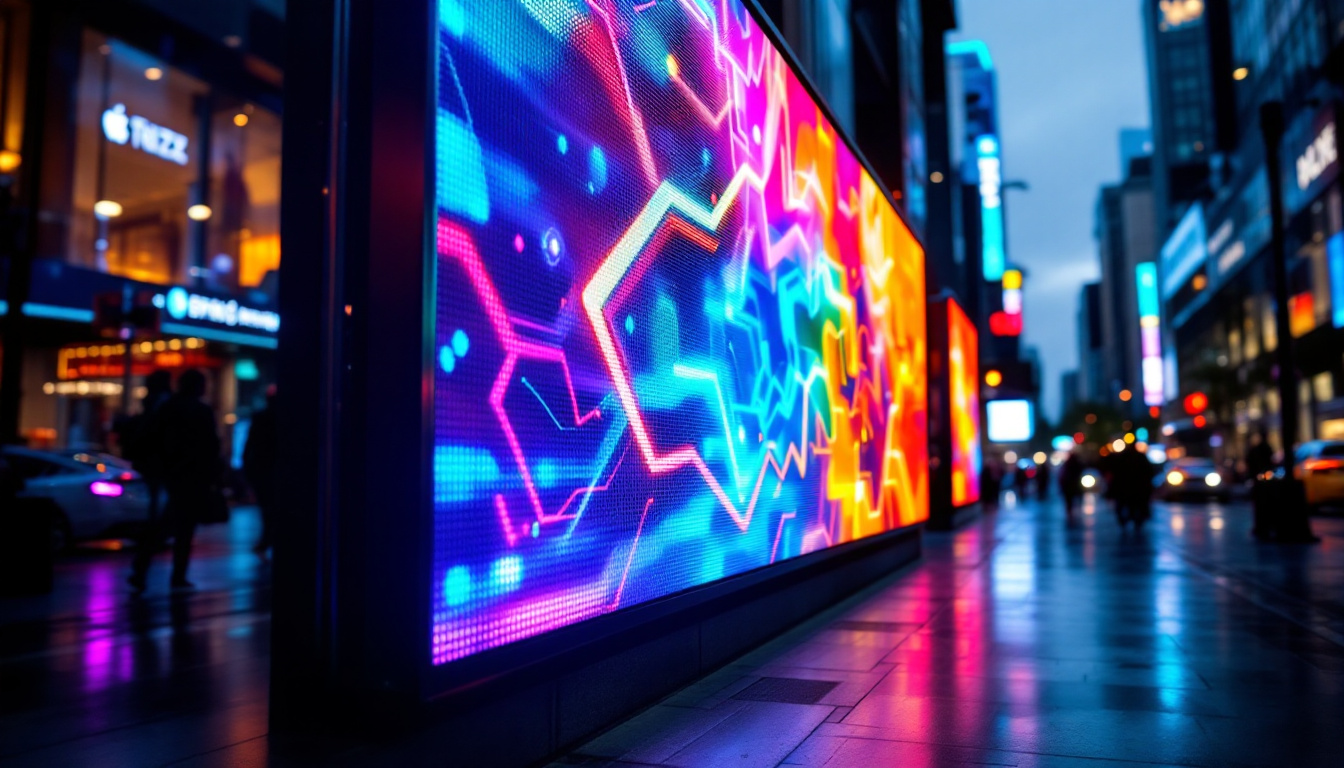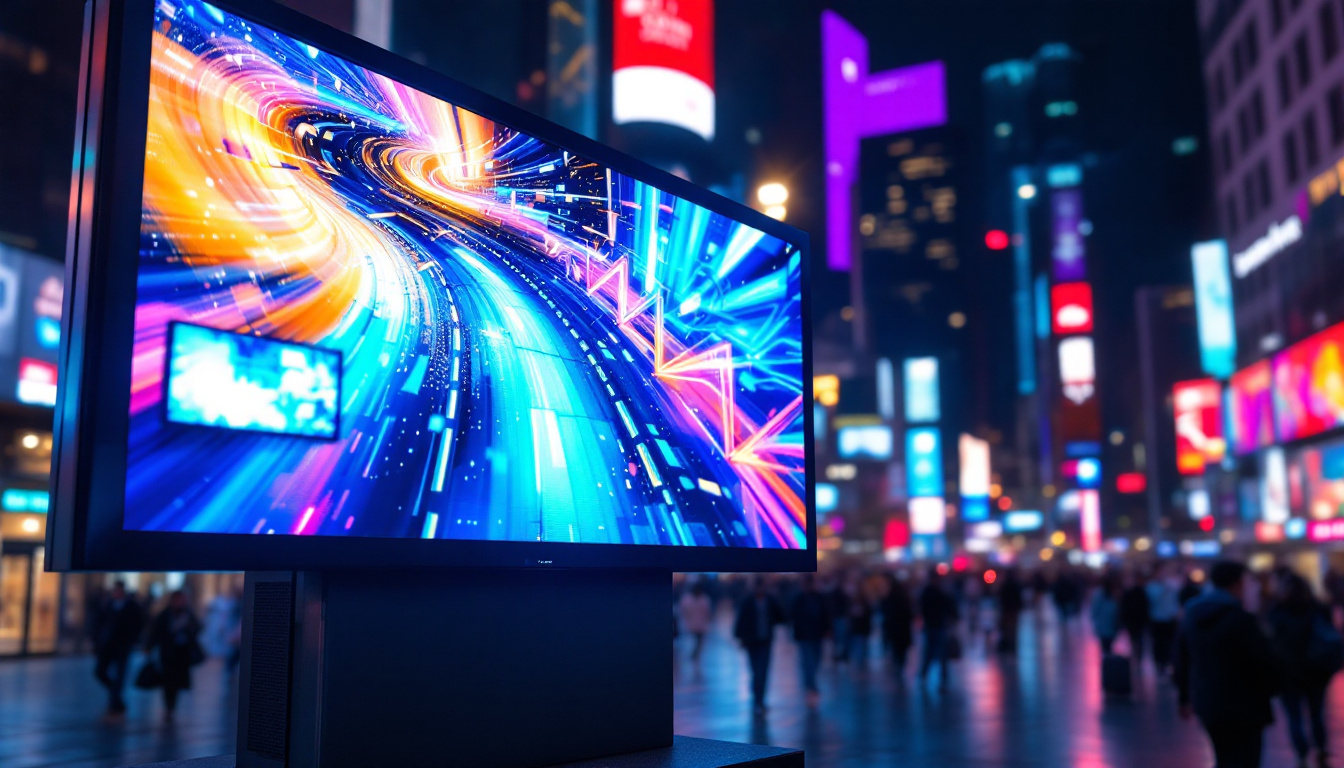In the realm of computer displays, LED monitors have emerged as a popular choice among consumers and professionals alike. Their vibrant colors, energy efficiency, and sleek designs have made them a staple in both home and office environments. But what exactly is a LED computer monitor, and how does it differ from traditional display technologies? This article delves into the intricacies of LED displays, exploring their technology, advantages, and applications.
Understanding LED Technology
LED, or Light Emitting Diode, technology has revolutionized the way we perceive visual information on screens. Unlike traditional LCD monitors that utilize fluorescent backlighting, LED monitors employ an array of tiny diodes to produce light. This fundamental shift in technology has led to significant improvements in display quality and energy consumption. The vibrant colors and deeper blacks achieved through LED technology have made it a preferred choice for both casual users and professionals in fields such as graphic design and video editing.
How LED Monitors Work
At the core of an LED monitor lies a matrix of pixels, each composed of red, green, and blue sub-pixels. When electricity passes through these diodes, they emit light, which combines to create the full spectrum of colors visible on the screen. There are two primary types of LED monitors: edge-lit and backlit. Edge-lit LED monitors place the diodes along the edges of the screen, using light guides to distribute illumination across the display. This design allows for thinner panels but may result in less uniform brightness. Conversely, backlit LED monitors feature a grid of diodes behind the screen, providing more consistent lighting and better color accuracy, albeit at the cost of increased thickness.
In addition to the basic functionality of LED monitors, advancements in technology have led to the development of features such as local dimming and HDR (High Dynamic Range). Local dimming allows specific areas of the screen to be dimmed or brightened independently, enhancing contrast and improving the overall viewing experience. HDR, on the other hand, expands the range of colors and brightness levels that a monitor can display, making images appear more lifelike and immersive. These innovations make LED monitors not just a step up from older technologies, but a leap into a new era of visual fidelity.
The Role of LCD in LED Monitors
It’s important to note that most LED monitors are actually a type of LCD monitor. The term “LED monitor” typically refers to the use of LED backlighting in an LCD panel. This combination harnesses the advantages of both technologies, resulting in displays that are brighter, more vibrant, and more energy-efficient than their traditional counterparts. The integration of LED technology has also enabled manufacturers to produce screens that are thinner and lighter, making them more portable and easier to mount on walls or fit into compact spaces.
Moreover, the synergy between LED and LCD technologies has paved the way for innovations such as ultra-thin displays and curved screens, which enhance the viewing experience by providing a more immersive field of vision. As the demand for high-quality visual experiences continues to grow, the evolution of LED technology will likely lead to even more groundbreaking developments, including flexible displays and improved energy efficiency, further solidifying its place at the forefront of display technology.
Advantages of LED Monitors
LED monitors offer a plethora of benefits that make them a compelling choice for various users. From gamers seeking high refresh rates to graphic designers requiring precise color reproduction, the advantages of LED technology cater to diverse needs.
Superior Color Accuracy and Brightness
One of the most significant advantages of LED monitors is their ability to produce brighter images with enhanced color accuracy. The use of diodes allows for a wider color gamut, meaning that users can expect more vibrant and true-to-life colors. This feature is particularly beneficial for professionals in fields such as photography, video editing, and graphic design, where color fidelity is paramount.
Additionally, LED monitors can achieve higher brightness levels compared to traditional LCDs, making them ideal for use in well-lit environments. Whether in a sunlit office or a dimly lit room, LED displays maintain clarity and visibility.
Energy Efficiency and Longevity
Another compelling reason to choose an LED monitor is its energy efficiency. LED technology consumes significantly less power than traditional LCDs, resulting in lower electricity bills and a smaller carbon footprint. This efficiency not only benefits the environment but also extends the lifespan of the monitor, as LEDs are known for their durability and longevity.
In fact, LED monitors can last up to 50,000 hours or more, making them a wise investment for both home and office use. This longevity means less frequent replacements, further contributing to cost savings over time.
Applications of LED Monitors
LED monitors are versatile and can be found in a variety of settings, each leveraging the technology’s strengths. From casual use to professional applications, LED displays cater to a wide range of audiences.
Gaming and Entertainment
For gamers, LED monitors provide an immersive experience with fast response times and high refresh rates. The vibrant colors and sharp images enhance gameplay, allowing players to fully engage with their virtual worlds. Many LED monitors also support technologies like NVIDIA G-Sync and AMD FreeSync, which help eliminate screen tearing and stuttering during fast-paced action.
Additionally, LED monitors are increasingly being used for home entertainment systems. With their ability to display high-definition content and support for various resolutions, including 4K and even 8K, they are perfect for streaming movies and playing video games on larger screens.
Professional Use in Design and Media
In the creative industry, LED monitors are indispensable tools for graphic designers, video editors, and photographers. Their superior color accuracy and brightness make them ideal for tasks that require precise visual representation. Many professionals opt for monitors that support advanced color spaces, such as Adobe RGB or DCI-P3, ensuring that their work appears as intended across different platforms.
Moreover, the thin and lightweight design of LED monitors allows for multi-monitor setups, which are common in creative workflows. This setup enhances productivity by providing ample screen real estate for multitasking.
Choosing the Right LED Monitor
When selecting an LED monitor, several factors should be considered to ensure it meets specific needs and preferences. From size and resolution to panel type and connectivity options, understanding these elements can help in making an informed decision.
Screen Size and Resolution
The size of the monitor plays a crucial role in the overall user experience. Larger screens provide more immersive experiences, especially for gaming and media consumption. However, the ideal size often depends on the available space and the intended use. A 24-inch monitor may suffice for office work, while a 32-inch or larger display might be preferable for gaming or design tasks.
Resolution is another critical factor. Higher resolutions, such as 1080p (Full HD), 1440p (Quad HD), or 4K (Ultra HD), offer sharper images and more detail. For professional applications, a higher resolution is recommended to ensure clarity and precision.
Panel Types: IPS vs. TN vs. VA
LED monitors come with different panel technologies, each with its own strengths and weaknesses. The three most common types are In-Plane Switching (IPS), Twisted Nematic (TN), and Vertical Alignment (VA).
- IPS Panels: Known for their excellent color reproduction and wide viewing angles, IPS panels are favored by professionals who require accurate colors. However, they may have slower response times compared to TN panels.
- TN Panels: These panels are popular among gamers due to their fast response times and lower prices. However, they often suffer from poorer color accuracy and limited viewing angles.
- VA Panels: Offering a balance between color accuracy and contrast, VA panels provide deeper blacks and are suitable for multimedia consumption. They may not be as fast as TN panels but outperform them in color depth.
Future Trends in LED Monitor Technology
The landscape of LED monitor technology is continually evolving, with advancements aimed at enhancing user experience and performance. As technology progresses, several trends are emerging that could shape the future of LED displays.
Mini-LED and Micro-LED Technologies
Mini-LED and Micro-LED technologies are gaining traction as they promise to improve contrast ratios and color accuracy significantly. Mini-LED displays utilize smaller diodes, allowing for more precise local dimming and better control over brightness levels. This results in deeper blacks and brighter highlights, enhancing the overall viewing experience.
Micro-LED, on the other hand, consists of individual micro-sized LEDs that can emit their own light. This technology could potentially eliminate the need for backlighting altogether, offering even greater efficiency and image quality. As these technologies mature, they may redefine the standards for LED monitors.
Increased Focus on Sustainability
As environmental concerns continue to rise, manufacturers are increasingly focusing on sustainability. This includes using eco-friendly materials in production and designing monitors that are easier to recycle. Energy-efficient models are also becoming more common, helping consumers reduce their carbon footprint while enjoying high-quality displays.
Conclusion
LED computer monitors have transformed the way users interact with digital content, offering superior image quality, energy efficiency, and versatility. Understanding the technology behind LED displays, their advantages, and their various applications can help consumers make informed decisions when purchasing a monitor.
As technology continues to advance, LED monitors will likely become even more sophisticated, offering enhanced features and capabilities that cater to the evolving needs of users. Whether for gaming, professional design, or everyday tasks, LED monitors are poised to remain at the forefront of display technology.
Discover Cutting-Edge LED Displays with LumenMatrix
Ready to experience the pinnacle of LED display technology? LumenMatrix is at the forefront of innovation, offering an extensive array of LED display solutions tailored to meet your needs. Whether you’re looking to enhance your brand’s visibility with an Indoor LED Wall Display, captivate passersby with an Outdoor LED Wall Display, or create dynamic visual experiences with Custom LED Displays, LumenMatrix has the perfect solution. Elevate your visual communication and engage your audience like never before. Check out LumenMatrix LED Display Solutions today and transform your digital content delivery.


